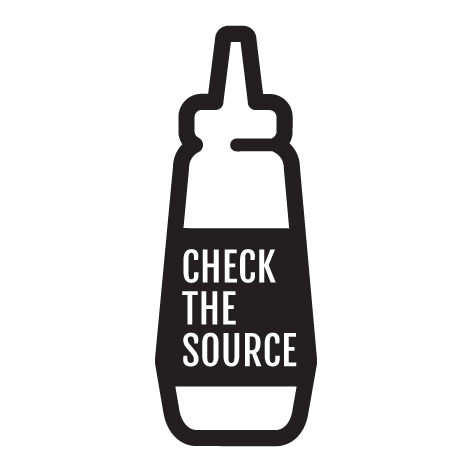Check the source
 What is the ‘Check the source’ campaign?
What is the ‘Check the source’ campaign?
Electoral communication is an important part of the election process, enabling voters to appropriately inform themselves ahead of casting their vote.
The Check the source campaign is aimed at raising awareness of the need to consider and review the source of electoral communication so that electors can avoid being misled by disinformation and can cast an informed vote at this ACT Legislative Assembly election.
What is electoral disinformation?
Electoral disinformation is information spread regarding the election, or election matters, intended to deceive voters. It may also be called ‘fake news’. Misinformation on the other hand may deceive voters unintentionally.
Disinformation can be disseminated via a range of communication channels but can be particularly prevalent online. Social media and online websites can be a quick and effective channel to spread electoral disinformation. It is therefore very important that you check the source and review whether it can be considered reliable, current and safe.
Dealing with disinformation. What role does Elections ACT play?
The role of Elections ACT is to provide reliable information on how to enrol, how and where to vote and how to run as a candidate. This information can be found through our broad advertising campaign, the Access Canberra contact centre, Elections ACT social media accounts and the Elections ACT website.
If there is any incorrect information online about the election processes relating to the 2020 ACT Legislative Assembly election, Elections ACT will act to correct the record.
Elections ACT does not have a role in checking the truth of electoral communication.
ACT electoral legislation defines “electoral matter” and requires any material that falls under the definition to be appropriately authorised (see factsheet). Authorisation rules are intended to prevent “irresponsibility through anonymity” – that is, making it unlawful to publish electoral material that does not identify the author, so that voters are unable to judge whether the material is coming from a source with a particular interest in the election. The scope of Elections ACT’s role with regard to electoral communication is therefore centred on the requirement for appropriate authorisation.
Do all electoral communications need to be authorised?
Most electoral communications are required to be authorised to help you recognise the source of that information. This usually means either printing an authorisation statement on the material, or otherwise clearly identifying who has authored the material. For more information on the authorisation of electoral materials read our factsheet.
How do I check the source?
Is the source reliable?
When was the material published? Could it be a scam?
If you are unsure about the source of the information you can ask:
- Is the information from a reliable and recognisable source?
- Has it come from an accredited media outlet or a verified social media account?
Is the source current?
When was the information published?
Check when the information was first published and the original source of that information. Something posted today is not necessarily current just because it was posted or shared today, it may have originally been created a long time ago and is no longer accurate.
Is the source safe?
If you are suspicious of the source or the content of information being communicated online, particularly via an unsolicited email or social media post, consider whether it is appropriate to be clicking any included link. It may be a scam.
Is the source authorised?
The authorisation statement that is required to be included on most electoral matter, together with asking these types of questions, will assist you in determining and assessing the source of the information. If the material should include an authorisation statement, and it doesn’t (see the factsheet), then it may be from an unreliable source.
Links
Social media companies have their own policies on content and the terms and conditions of use. Familiarising yourself with this information may also assist you in understanding how information is disseminated on social media.










